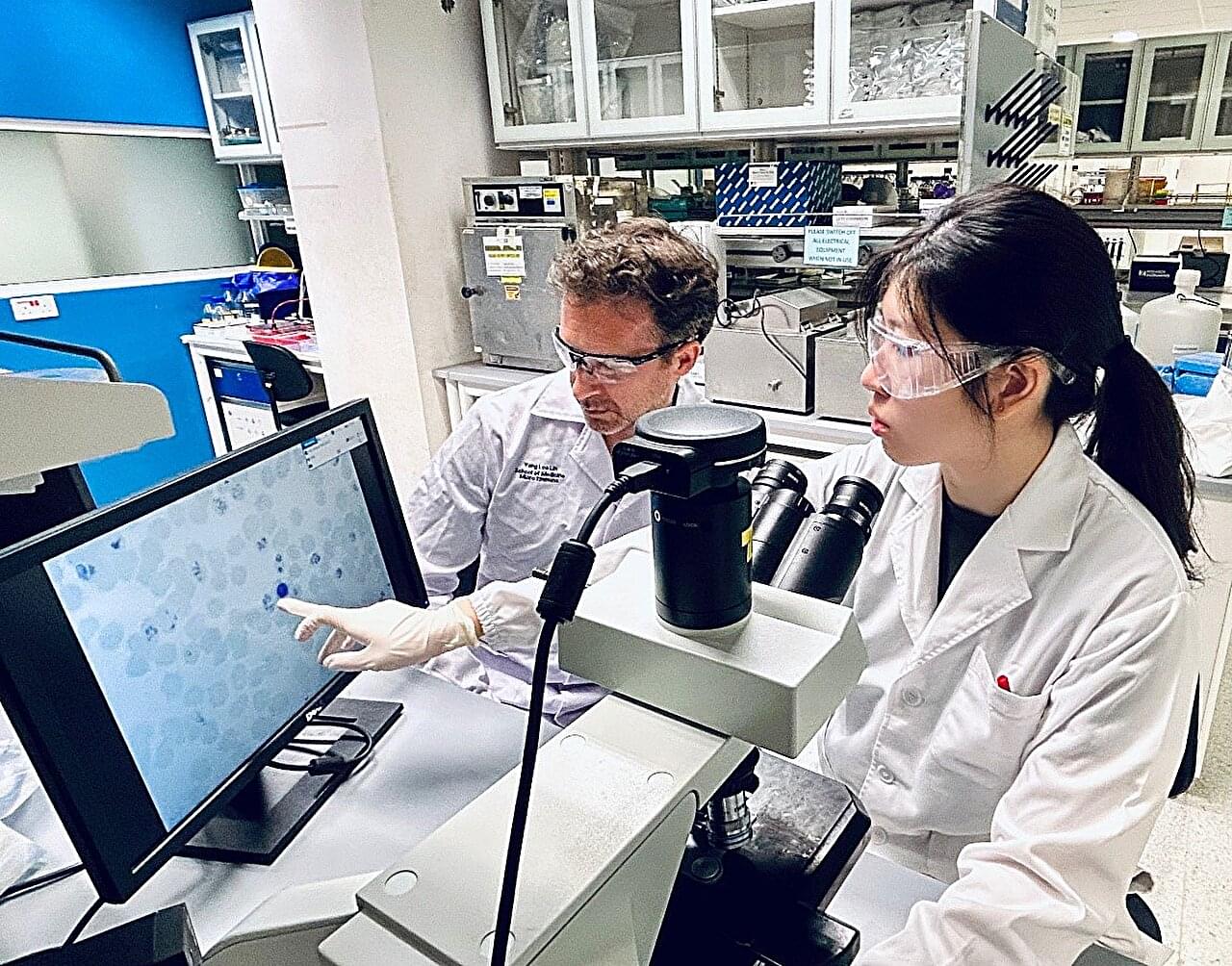Despite NVIDIA’s advancements in self-driving technology, Tesla’s current lead in autonomous driving, production, and cost advantages are likely to keep it ahead of competitors, including NVIDIA, in the short term Questions to inspire discussion.
Platform Architecture & Business Model 🔧 Q: What type of product is Nvidia’s AI Pameo platform? A: Nvidia’s AI Pameo is a hardware and software toolset for OEMs requiring millions in non-recurring engineering fees and 70% gross margins on chips per vehicle, not a complete consumer solution like Tesla’s FSD. 🏭 Q: What does OEM implementation of Nvidia’s platform require? A: OEMs must have in-house AI talent to integrate, customize, certify, and handle warranty and liability for their specific vehicle models, as Nvidia provides the stack but not per-model engineering. 💰 Q: How does Tesla’s chip economics compare to Nvidia’s approach?



